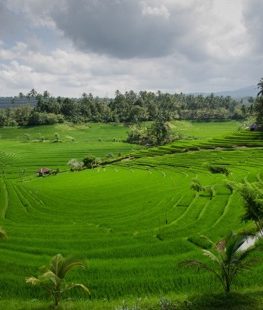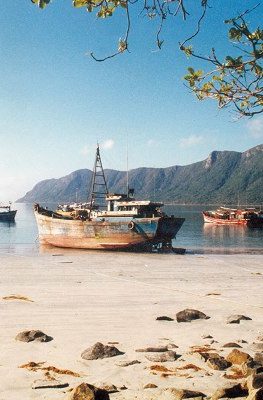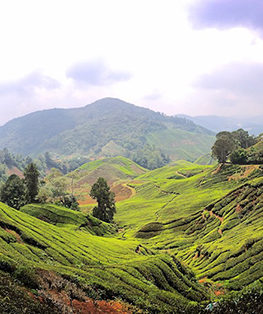Published on December 8, 2014
Indonesia's cultural treasures date as far back as the dawn of humankind, reaching full flower with the Hindu and Buddhist kingdoms in Java, whose traces we can still see today.
1.1. Borobudur Temple

The world's biggest Buddhist monument rises some 40-plus meters above a hill on central Java, a multi-terraced mandala covered with over 2,600 relief panels and over 500 Buddha statues. Borobodur was built in the 9th century AD by the Syailendra Dynasty, but was lost in a subsequent volcanic explosion. Rediscovered in 1815, Borobodur was restored over eight years in the 1970s, allowing it to take its place as one of the world's architectural marvels. Thousands of Buddhists make a pilgrimage to Borobudur during Waisak to celebrate the Buddha's teachings.
1.2. Prambanan Temple

Locals call Prambanan "Roro Jonggrang", after a local princess turned into stone by an angry suitor; her petrified form is said to be found at the main Prambanan temple to this day. Three main temples stand here, each one dedicated to a separate deity in the Hindu triumvirate – Shiva, Brahma and Vishnu. The entire temple complex is spread out over 39 hectares, surrounded by a landscaped park that is easy to explore on foot. The temple serves as a dramatic backdrop for a monthly Javanese Ramayana ballet, performed between May and October on the full moon.
1.3. Sangiran Early Man Site
The dawn of mankind takes center stage in the Sangiran Valley 5km west of Surakarta, where fossils of Homo erectus were unearthed here over a century ago by European paleontologists. You can see what they unearthed at Sangiran Museum in Surakarta, then climb a viewing tower that overlooks Sangiran and presents an audio-visual show on Homo erectus and Darwin's theory of evolution. Finally, you can stop by the archaeological site at the foot of Mount Lawu.






